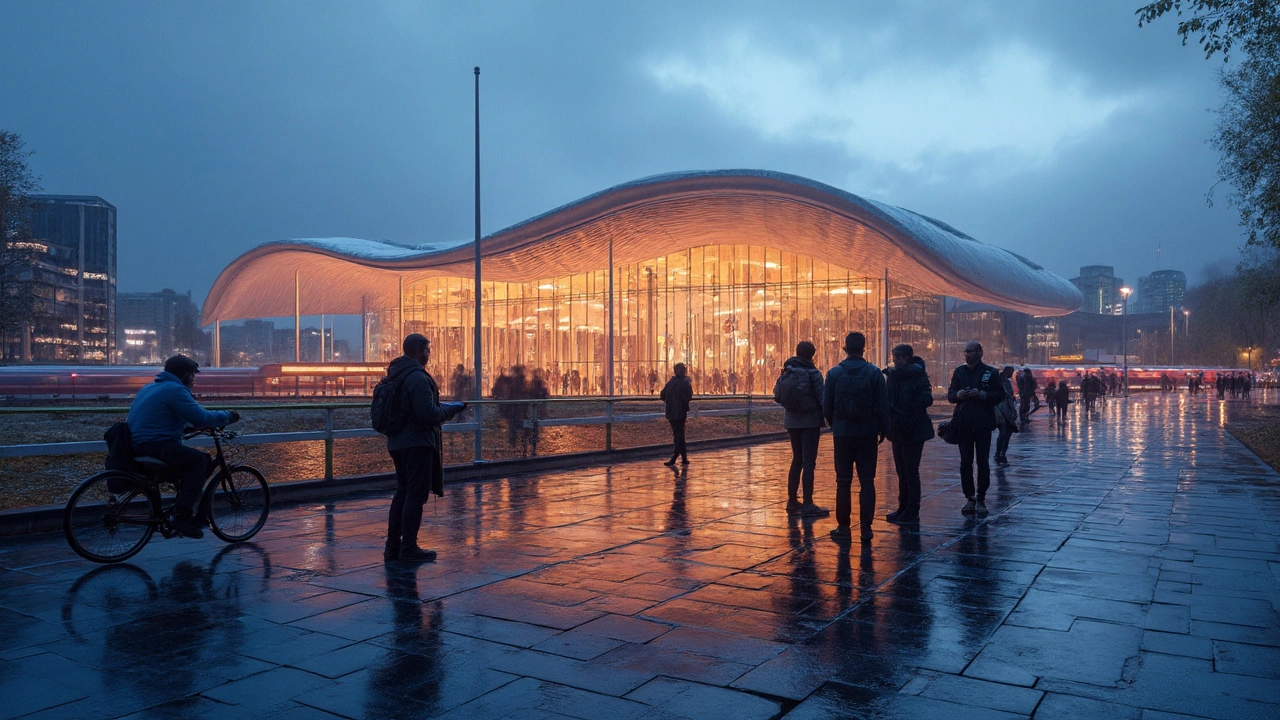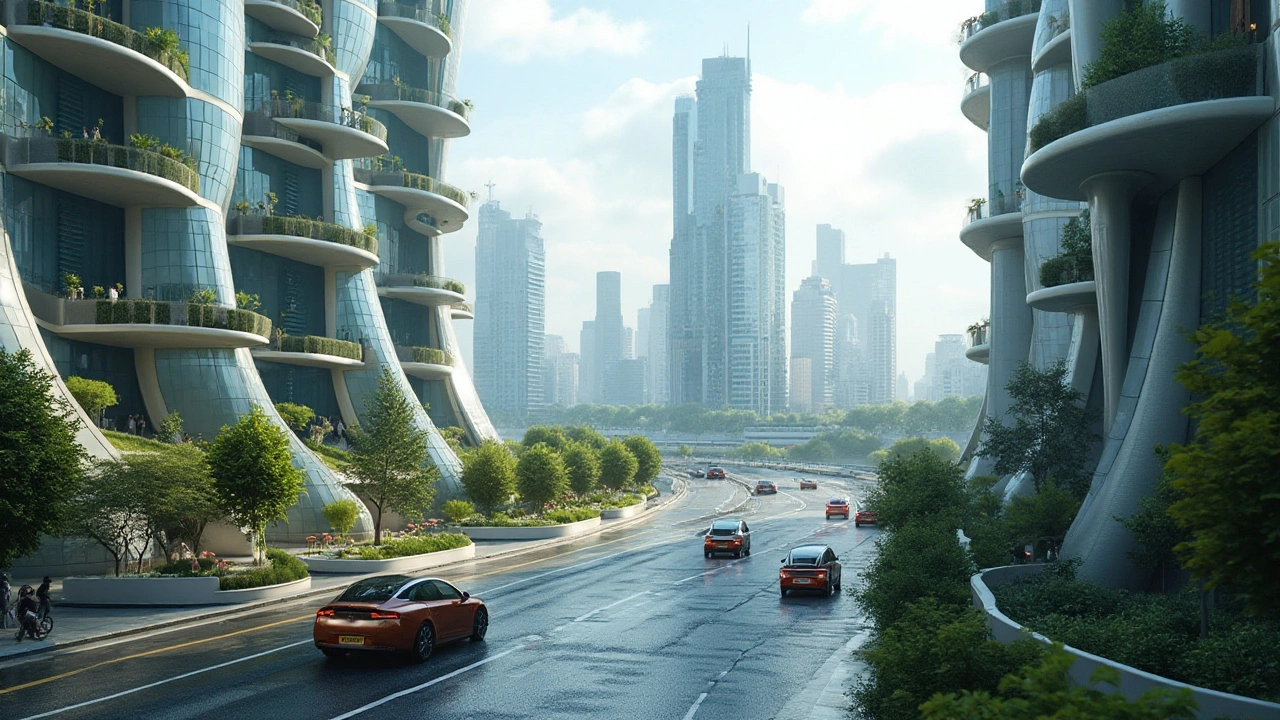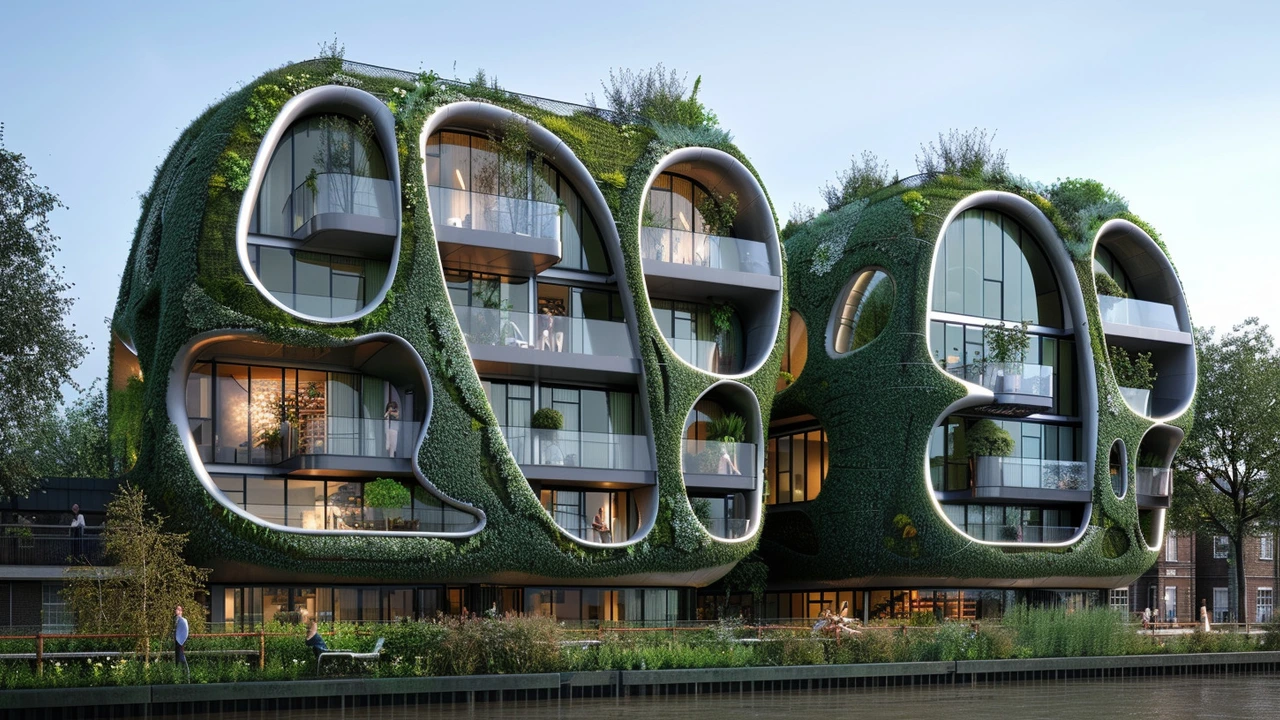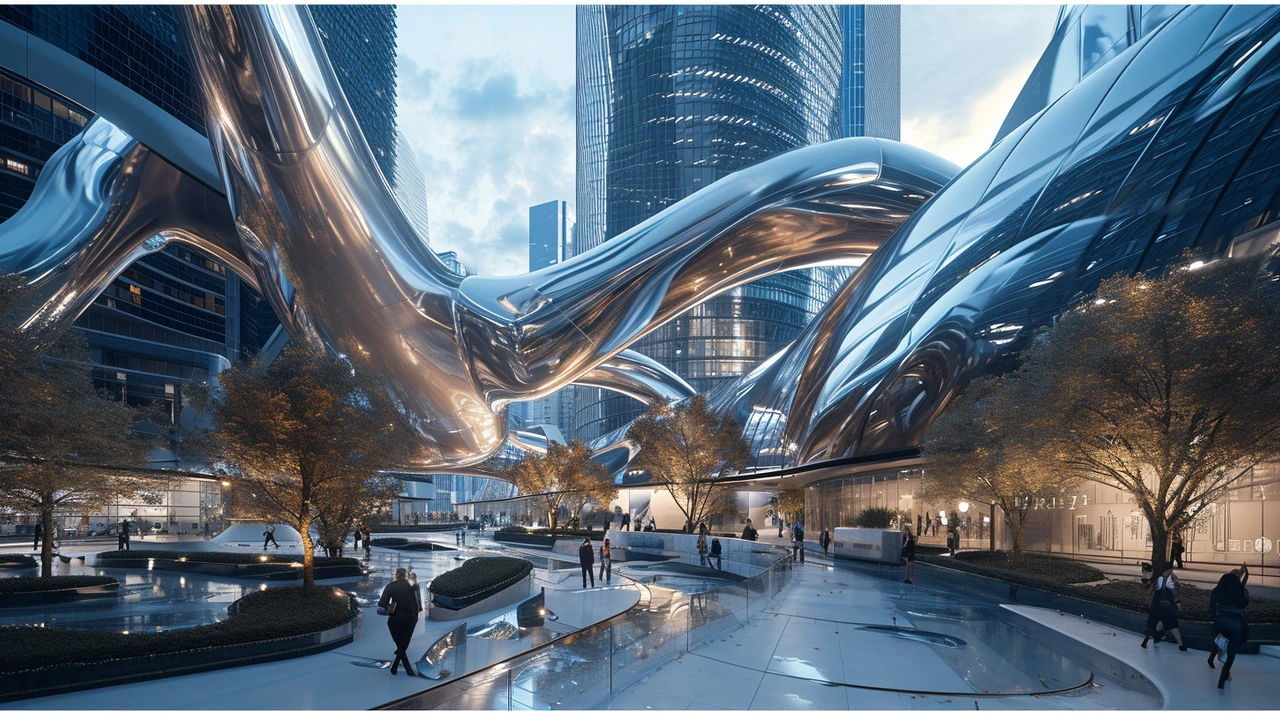Neo-Futurism: What It Looks Like and How to Use It Today
Neo-futurism is the kind of architecture that looks like tomorrow arrived early. It favors bold shapes, flowing lines, and tech-driven materials. You’ll see sweeping curves, exposed structure, lots of glass, and designs that suggest motion. Think buildings that look engineered rather than decorated. Famous names tied to this vibe include Zaha Hadid and Santiago Calatrava, but many younger firms use parametric tools to push forms further.
If you want to spot neo-futurism, look for these signs: dynamic silhouettes that change with your angle of view, visible connections between structure and skin, and integrated lighting or kinetic elements. Materials often include glass, steel, carbon-fiber panels, and smart glazing that adjusts light and heat. Landscaping and public space usually follow the building’s flow, not a separate grid.
Why it matters now
Neo-futurism matters because it merges design with modern engineering and sustainability. Architects use digital modeling to reduce waste, test daylight, and improve energy use. That means stylish shapes that can also perform well. Cities want landmark projects that attract visitors and signal innovation, so developers fund bold neo-futurist ideas more often than before.
How to bring neo-futurism into your project
You don’t need a giant budget to borrow neo-futurist ideas. Start small: choose a curved roofline, add a bold cantilever, or use a continuous glass corner to blur indoor and outdoor space. Use lighting to emphasize form after dark. For interiors, pick furniture with fluid lines and mixes of metal and molded materials. If you’re renovating, work with a fabricator who knows parametric design; they can translate complex curves into manufacturable panels.
Be practical about performance. Neo-futurist geometry can increase surface area and heat gain, so pair dramatic forms with high-performance insulation, sunshades, and automated glass. Use simulation early to avoid costly changes later. Consider prefabricated components to save time and keep quality high.
Ready to explore more? Look for recent museums, transit hubs, and cultural centers in major cities—those projects often test neo-futurist ideas. Visit buildings at different times of day to see how light and shadows change the form. If you’re a designer, experiment with free parametric tools and small-scale prototypes before committing to big moves.
Neo-futurist projects can be costly, but there are cost-smart moves. Use modular panels, recycled metals, and local suppliers to cut transport and fabrication costs. Focus expensive custom geometry on the building’s face or entrance while keeping simpler structures behind. This creates a strong visual impact without blowing the budget.
Critics say neo-futurism can prioritize spectacle over human comfort. Answer that by designing usable public spaces, clear circulation, and weather protection. Test acoustics and glare early. Add seating, shade, and signage that follow the building’s lines so people feel welcome. For long-term care, pick finishes that resist wear and set a maintenance budget for the kinetic and lighting systems. That keeps bold design working well for years.
Start small, test ideas, and let form serve function as you explore neo-futurism and enjoy results.

What Is Neo‑Futurism? Principles, Examples, and a Practical Design Guide for 2025
Clear guide to Neo-Futurism in 2025: core principles, real examples, actionable steps, metrics, and a checklist for architects, planners, and curious readers.
Read more
Exploring Neo-Futurism in Modern Art and Architecture
Neo-Futurism represents a bold departure from traditional aesthetics, embracing the latest technology and innovative ideas to shape the future of art and architecture. This movement seeks to integrate sustainability and sleek design, often characterized by its dynamic forms and intricate detailing. By prioritizing ecological harmony and human-centered design, Neo-Futurism paves the way for urban environments that are both functional and inspiring. The movement challenges conventional thinking, inviting architects and artists to envision possibilities that extend beyond the present constraints. Discover how these visionary designs are redefining built environments and aesthetic values.
Read more
Neo-Futurism in Urban Development: A Pathway to Sustainability
In the quest for sustainable city landscapes, Neo-Futurism emerges as a beacon of hope and innovation. This article explores how Neo-Futurism, with its forward-thinking designs and technology-driven solutions, is revolutionizing urban planning and architecture. It delves into the crucial role of Neo-Futurism in creating sustainable, efficient, and aesthetically pleasing urban environments for the future. Readers will uncover the principles underpinning this movement, its benefits for urban development, and real-world applications that demonstrate its potential in crafting the cities of tomorrow.
Read more
Exploring Neo-Futurism in Contemporary Art and Architecture
Building the world of tomorrow through the avant-garde lenses of Neo-Futurism, this article delves into the realm of contemporary art and architecture influenced by dynamic progress and innovative technologies. It explores how the blending of aesthetics, functionality, and visionary concepts are shaping the physical and intellectual landscapes of the future. Through a detailed analysis of the principles, celebrated works, and architects and artists making waves in this field, the piece serves as a comprehensive guide to understanding and appreciating the Neo-Futuristic movement.
Read more